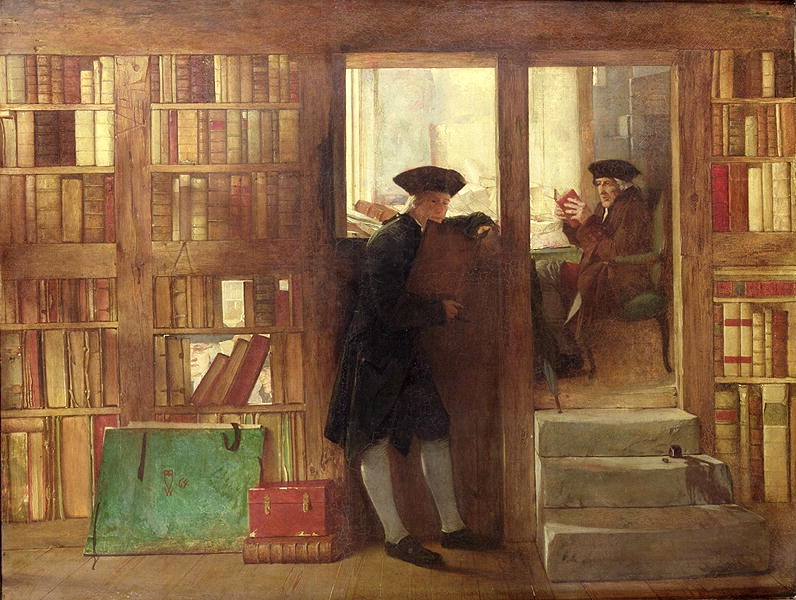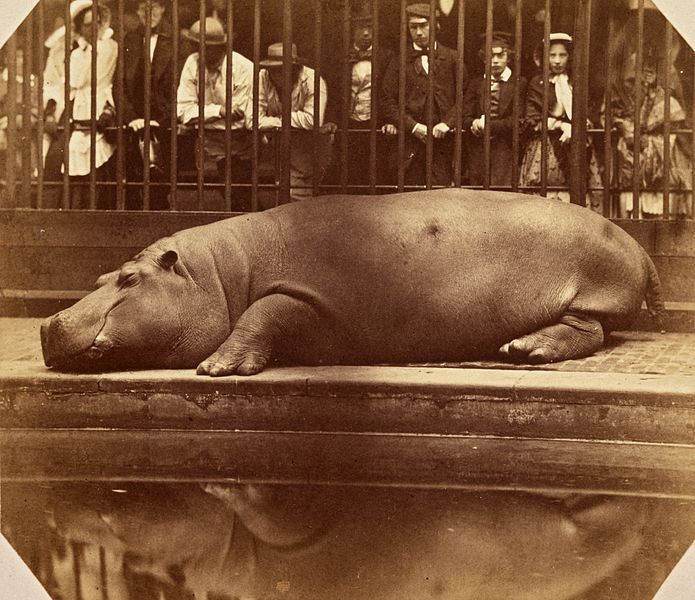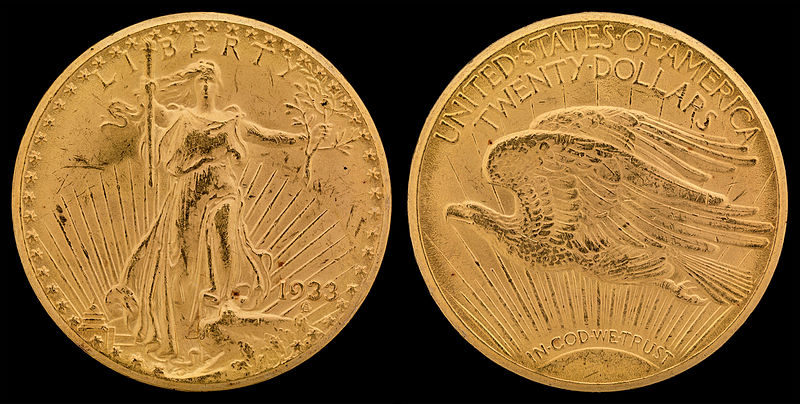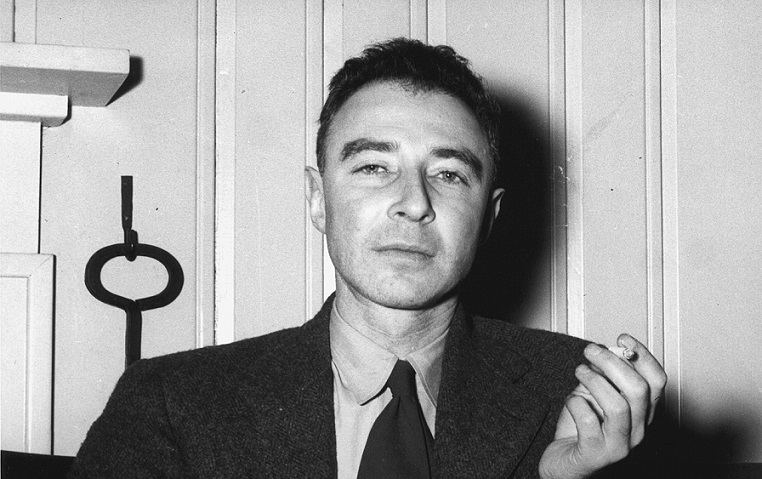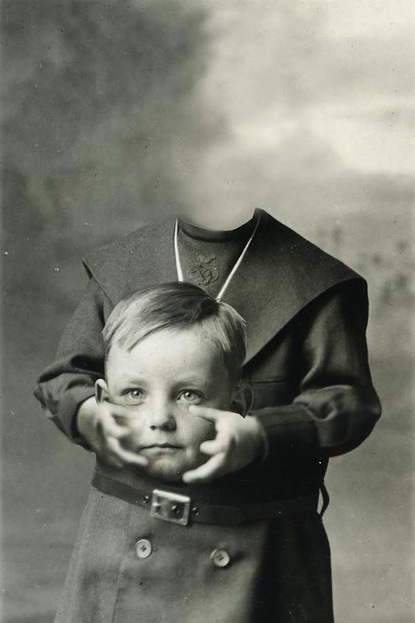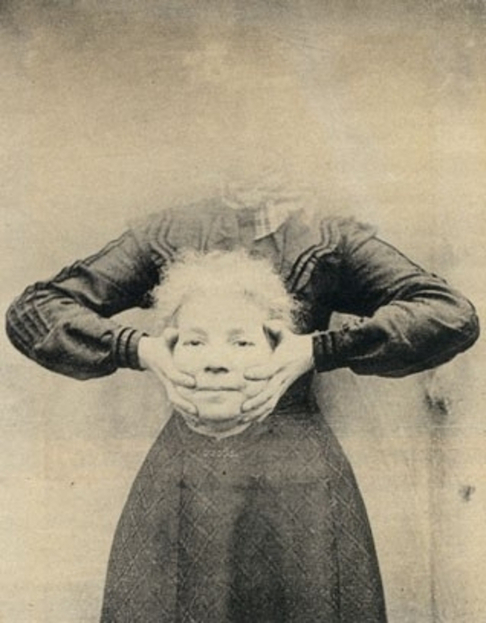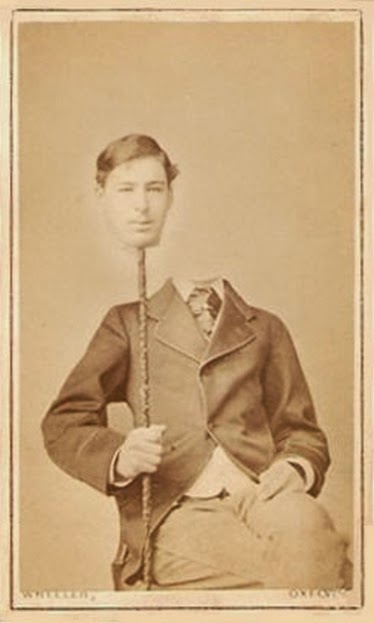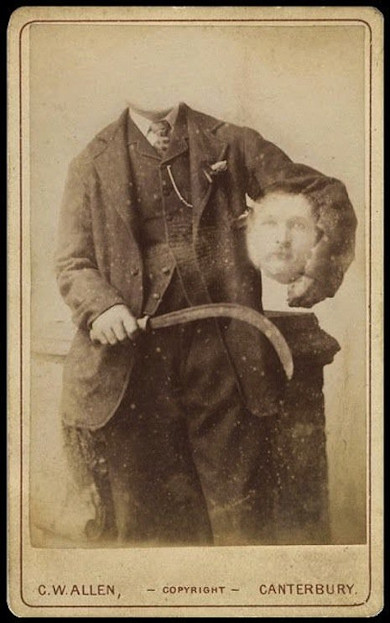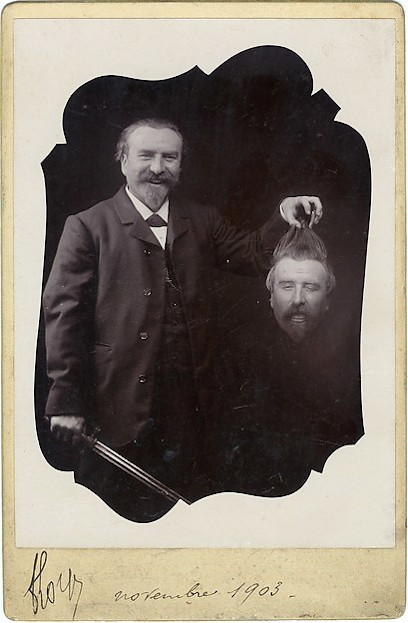On Oct. 24 [1947] two University of Chicago students rattled into Reno., Nev. in a Model-A Ford to try the gambling. Their total resources: $100. Wasting no time, they went to the Palace Club, where they studiously made a chart of the recurrence of numbers on the roulette wheel. Then they went into action. Playing number 9, which their records indicated as the best possibility, they parlayed their $100 into $5,000 in 40 hours. At this point the manager became uneasy, switched the wheel. So the students moved on to Harold’s Club.
There they used the same system. Sure enough, their $5,000 rose to $14,500. But then, unaccountably, their system went sour. They dropped from $14,500 to $10,000 and kept going down. That was when the young theoreticians made the smartest move of all. They pocketed their winnings, packed up the Model-A and went home, ahead by $6,500.
— Life, Dec. 8, 1947
(The students were Albert Hibbs and Roy Walford. Accounts vary as to their total takings; Hibbs claimed $12,000 on You Bet Your Life in 1959. They spent a year sailing around the Caribbean and then returned to their studies. Hibbs went on to become a JPL physicist and Walford a UCLA pathologist.)


